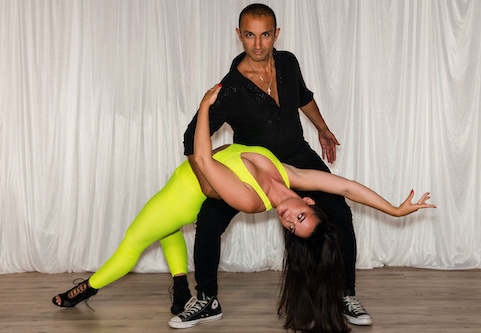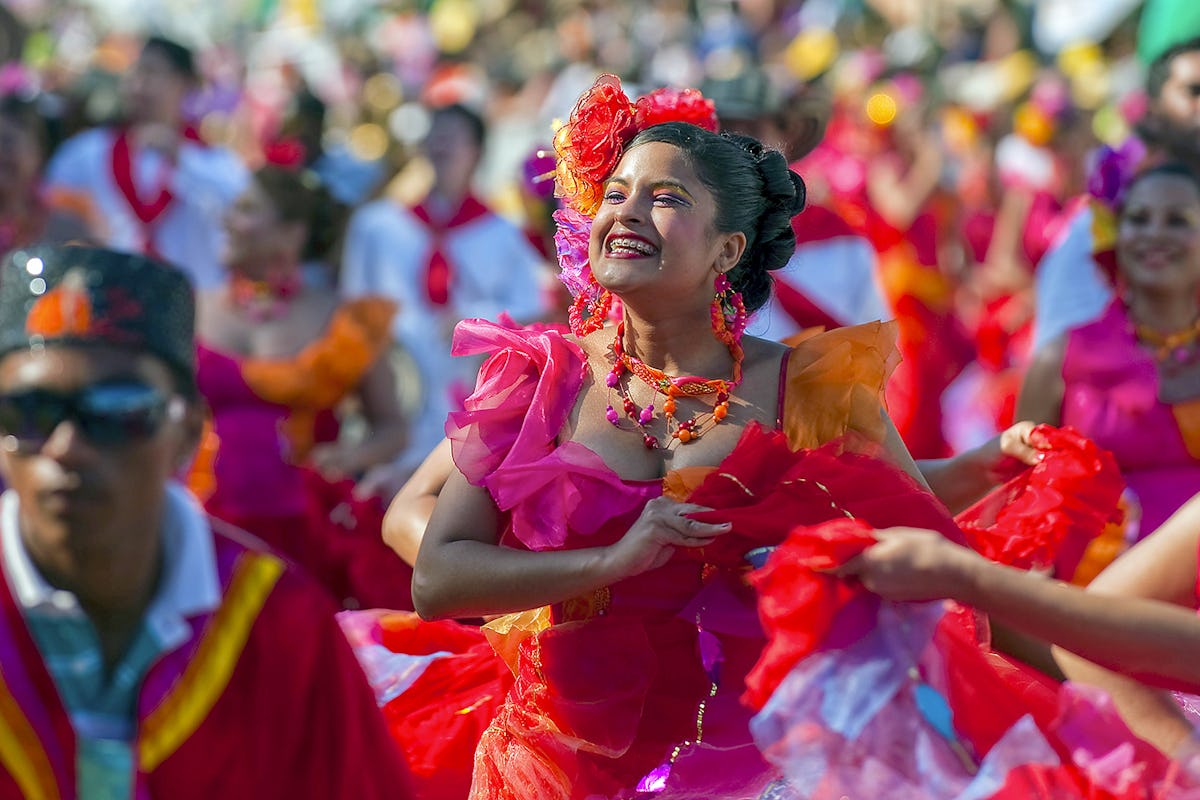The Definitive Guide for Dance San Francisco
Wiki Article
Some Ideas on Dance San Francisco You Need To Know
Table of ContentsThe Best Strategy To Use For Dance San FranciscoThe Ultimate Guide To Dance San FranciscoLittle Known Questions About Dance San Francisco.Dance San Francisco for Beginners
Allow's think about Salsa dancing and songs as a huge Tree that resembles this: Salsa is danced global while many technical facets of the dance coincide across designs (6 steps over 8 beats danced on a quick-quick-slow or slow-quick-quick rhythm), there are several "characteristic" features of the primary styles of Salsa that distinguish one from the other.Pairs joining an Online casino Rueda dance all steps in unison as called by a Leader. Distinct attributes of Cuban design salsa are round turn patterns (with "break back" steps on matters 1 and 5) as well as body language inspired by conventional Afro-Cuban folkloric dancings. Distinguishing features of Cali style salsa is quick and complex footwork, danced with a solid hand hold connection in between partners.
The beginnings of the design are a topic of argument, however it is said that New York style Salsa dance came from the 1960's due to the influx of Latin American emigrants after the Cuban Revolution (salsa dancing sf). Eddie Torres is one of the most well recognized New York style professional dancer, being virtually generally credited with promoting the design to dance centres beyond New York
The basic rhythm of "On-2" is slow-quick-quick. The "youngest" of the designs of Salsa, L.A (https://www.tumblr.com/dancesf/735793953879818240/san-francisco-community-organization-we-promote?source=share). Style (some individuals have actually called it "West Coast" design) became popular in the 1990's and has its origins in ballroom (Mambo, Swing and Cha, Cha, Cha). Turn patterns lead and follow methods are heavily affected by these styles, with the Cross Body Lead being the cornerstone of the style
Examine This Report about Dance San Francisco
Design are implementation of turn patterns and numbers in the "slot", with the break actions on counts "1" and "5". While Salsa songs has solid beginnings in Cuban, Colombian and Puerto-Rican folkoric traditions, it can not be marked down that all Afro-Latin and Latin American cultures have actually added to modern Salsa songs as we know it today.


Unknown Facts About Dance San Francisco
differentiating characteristics of Salsa songs are: 4/4 measure signature, Child Clave and Tumbao rhythms, Montuno Piano Unless you have a background in songs, the above 3 attributes possibly mean nothing to you. A simpler method to describe Salsa songs is how it does NOT seem like other kinds of Latin American prominent songs.
It's time for lessons. With many studios out there and different styles to select from, where does a full beginner start? Most brand-new professional dancers select to discover L.A. "On-1" design slotted Salsa styles are the most widespread in North America (with some exceptions of some metropolitan centres that still primarily welcome Cuban and Puerto Rican styles) and L.A.
.A. Design will swiftly instruct you the fundamentals of Salsa timing, weight transfer and transform pattern implementation. Several professional dancers, once they've had a year or 2 of dancing L.A. Design Salsa under their belts, "switch" to New York style in order to diversify their dance vocabulary; however many professional dancers determine to stay with just one design of Salsa and appreciate their time on the dancing floor because certain style. salsa dancing sf.
Design and New York Design all being danced in the very same club, with most of the professional dancers being able to change from one style to the other from one track to click over here now the next. salsa dancing sf. Despite which style you choose it is necessary to adhere to that design up until you're really comfy with the fundamentals of timing, body rhythm and structure relocation implementation prior to thinking about "switching" designs (if you intend to)
Once you start lessons be prepared to dedicate energy and time to learning how to dance as a whole it takes a full newbie (i. e., a person with little or no dance experience) about 6 months of proactively taking lessons and heading out and practicing at least twice a week to get to a point where pattern execution starts to really feel "all-natural".
Report this wiki page